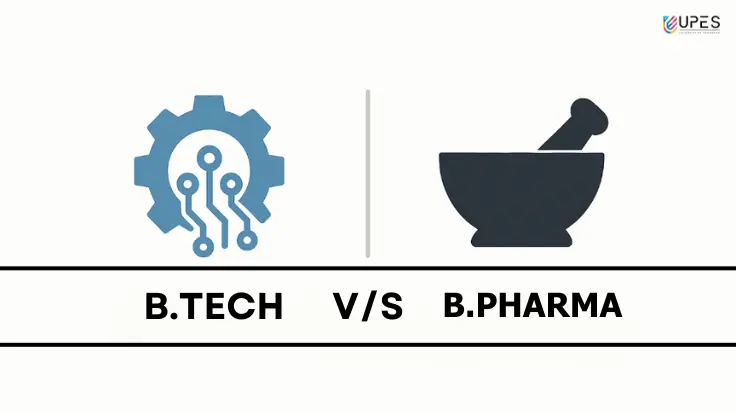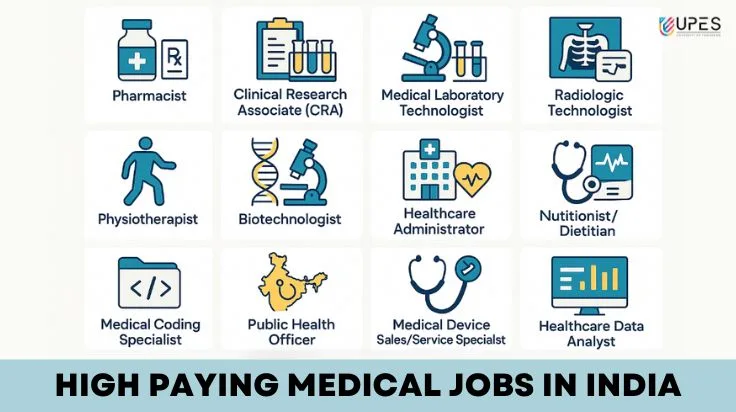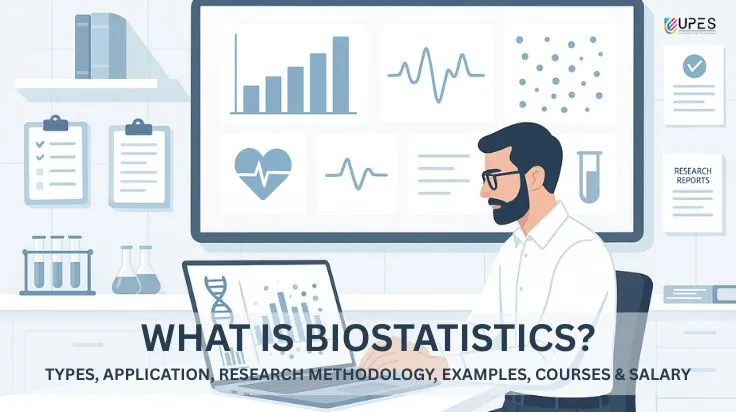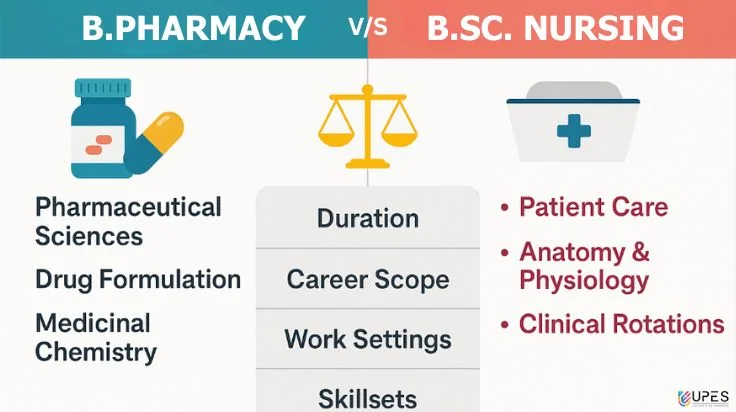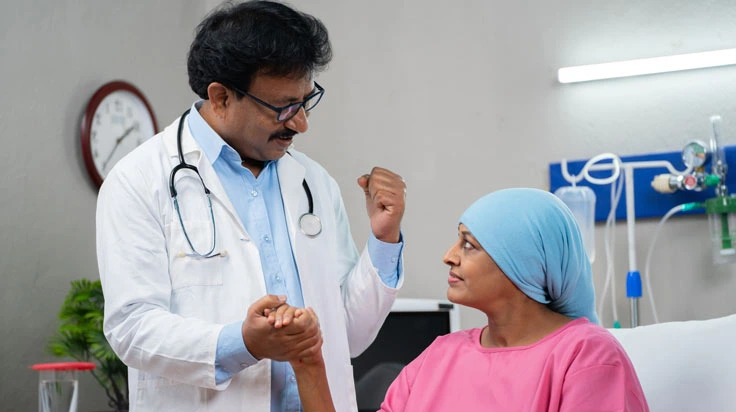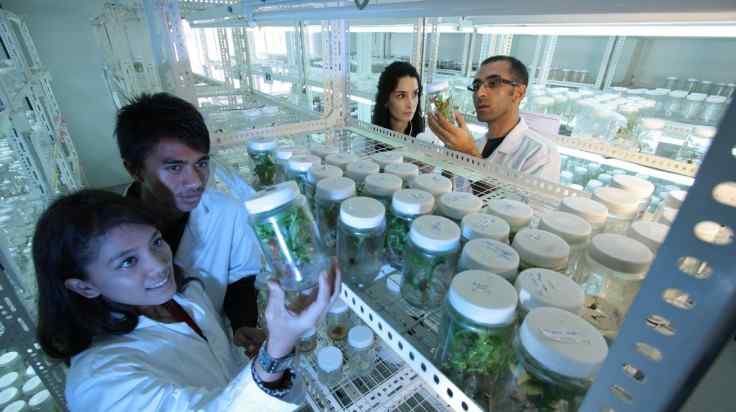New Corona Virus (COVID-19): Who is at higher risk?
- Deepanmol Singh
- Published 18/03/2020

Although WHO states that people of all ages can be infected by New Corona Virus (2019-nCOV), a certain section of the population is more vulnerable. It includes:
1. People 65 years and older
2. People who live in a nursing home or long-term care facility
3. People of any age with the following underlying medical conditions, particularly those that are not well controlled
- Chronic lung disease or asthma
- Congestive heart failure or coronary artery disease
- Diabetes
- Neurologic conditions that weaken ability to cough
- Weakened immune system
- Chemotherapy or radiation for cancer (currently or in recent past)
- Sickle cell anemia
- Chronic kidney disease requiring dialysis
- Cirrhosis of the liver
- Lack of spleen or a spleen that doesn’t function correctly
- Extreme obesity (body mass index [BMI] >40)
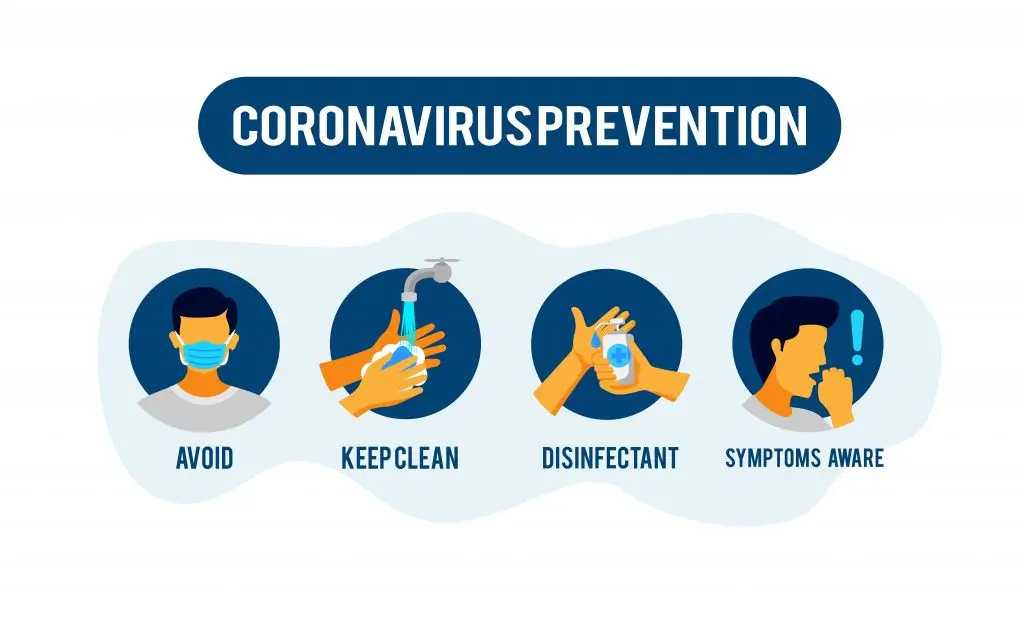
4. People who are pregnant*. *Present data shows that there is no maternal-fetal transmission of COVID 19.
Indian Mortality Status: In India, death was reported in a 76-year-old male from Karnataka and 68-year-old female from Delhi, and 63-year old man from Maharashtra all three with co-morbidities.
Data shows the correlation of Age and % Case Fatality Rate in China
| Age (in Years) | % Case Facility Rate |
|---|---|
| 10 to 19 | 0.2 |
| 10 to 19 | 0.2 |
| 30 to 39 | 0.2 |
| 40 to 49 | 0.4 |
| 50 to 59 | 1.3 |
| 60 to 69 | 3.6 |
| 70 to 79 | 8 |
| 80 and above | 14.8 |
Case of South Korea and Italy: Both countries have high number of patients positively diagnosed with COVID-19, but in Italy percentage fatality rate is higher as 90% of deaths occur in those 70 years or older. On the other hand, in South Korea, the percentage fatality rate is significantly low as most of the positively diagnosed population is young (less than 40 years).
The pandemic is gender agnostic throughout the world. However, the morbidity rates are higher in men as compared to women.
Source:
1. https://www.cdc.gov/coronavirus/2019-ncov/specific-groups/high-risk-complications.html
2. The Novel Coronavirus Pneumonia Emergency Response Epidemiology Team, Vital Surveillances: The Epidemiological Characteristics of an Outbreak of 2019 Novel Coronavirus Diseases (COVID-19) — China, 2020, China CDC Weekly. 2020, 2(8): 113-122
3. India Situation Report – 7 Coronavirus Disease (COVID-19) 14 March 2020. https://www.who.int/india/emergencies/india-situation-report
4. https://www.who.int/emergencies/diseases/novel-coronavirus-2019/advice-for-public/myth-busters
5. E. Mullins, D. Evans. R. M. Viner P. O’Brien and E. Morris. Coronavirus in pregnancy and delivery: rapid review
(https://obgyn.onlinelibrary.wiley.com/doi/epdf/10.1002/uog.22014)
6. Hannah Stower. Lack of maternal–fetal SARS-CoV-2 transmission. Nature Medicine volume 26, page312 (2020)
Deepanmol Singh
The writer is Deepanmol Singh, student, Assistant Professor, UPES School of Health Sciences
Tags
- coronavirus
- covid 19
UPES Admission Enquiry
Subscribe to UPES Blogs
Join our community for exclusive stories, insights, and updates
By clicking the "Subscribe" button, I agree and accept the privacy policy of UPES.












